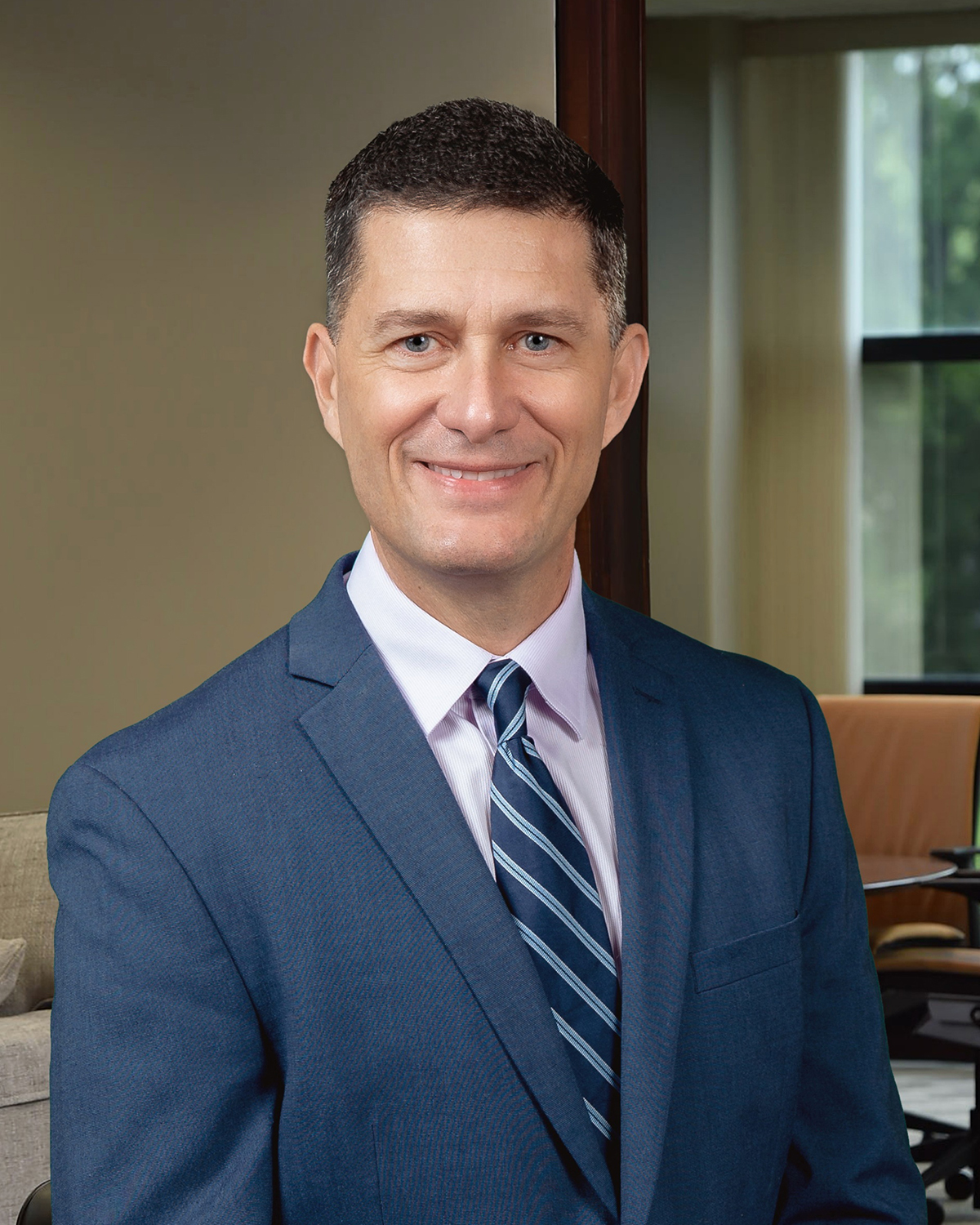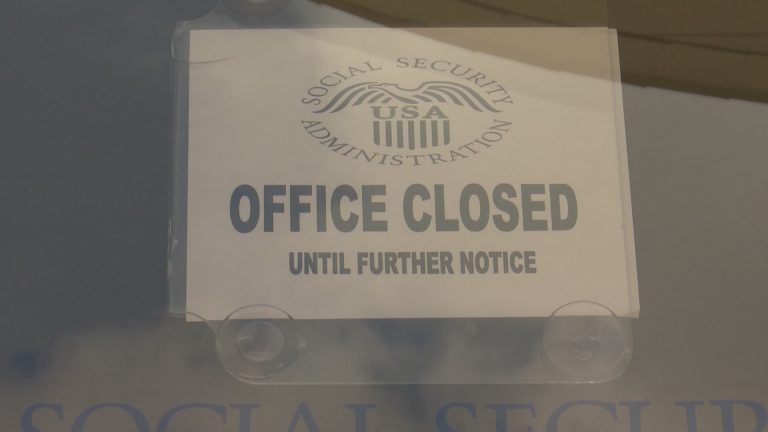Congressional Hearing: SSA Continues To Struggle With Backlog
The Social Security Administration (SSA) has developed more than a dozen new initiatives to reduce the disability hearing backlog, and outlined details on these efforts at the Sept. 6 hearing of the House Ways and Means Social Security Subcommittee.
The topic, “Determining Eligibility for Disability Benefits: Challenges Facing the Social Security Administration,” involved testimony from five witnesses on the status of the program and challenges facing the administration.
“We heard a lot of voices raised in concern about the hearing backlog,” said Mary Dale Walters, Allsup senior vice president, who attended the standing-room only hearing in Washington, D.C. “The takeaway is that Social Security did not offer a solid solution for resolving the backlog any earlier than 2022, which is devastating for American families.”
Panelists were:
- Bea Disman, Acting Chief of Staff, Social Security Administration (SSA).
- Kathryn Larin, Director of Education, Workforce, and Income Security Issues, Government Accountability Office (GAO).
- Elizabeth McLaren, Bureau Chief, Iowa Disability Determination Services on behalf of National Council of Disability Determination Directors (DDS/NCDDD).
- Marilyn Zahm, President, Association of Administrative Law Judges (AALJ).
- Lisa Ekman, Director of Government Affairs, National Organization of Social Security Claimants’ Representatives on behalf of the Consortium for Citizens with Disabilities Social Security Task Force (NOSSCR/CCD).
The latest SSA data show 95 of 169 hearing offices (56 percent) now have waits of more than 600 days for a hearing.
Legislators expressed concerns that the SSA is not doing enough to get the wait times below 600 days and is seeing a repeat of the disability hearing backlog from 10 years ago. Chairman Sam Johnson, R-Texas, asked why the SSA’s plan is taking so long to have effect. Other lawmakers asked why the backlog has grown if disability claims receipts are actually dropping.
SSA Acting Chief of Staff Bea Disman said a combination of factors hampered efforts, including budget limitations and difficulties hiring judges in previous years.
With the $90 million in additional funding for the hearing backlogs, Disman said, the SSA will reduce wait times by two months and complete 120,000 more hearings by FY 2020. The majority, $70 million, is dedicated to hiring more ALJs and support staff and funding overtime. The remaining $20 million will be spent on information technology projects that regular budget funding did not support.
The SSA has hired 31 ALJs in fiscal year 2017, and is in the process of hiring 100 ALJs and over 600 support staff, including 370 decision writers. For each additional $100 million the SSA receives, Disman estimated, the SSA can process another 100,000 disability applications or 50,000 hearing decisions.
Several subcommittee members cited concerns over spending more money on the hearing backlog. SSA’s Disman stated the agency has seen an improvement in the past seven months, with the total number of claims declining, though wait times have increased nationwide.
Judge Marilyn Zahm, president of the Association of Administrative Law Judges, said agency administrators have introduced a significant amount of regulatory burden and complexity to the process, which is delaying claims.
The SSA now requires ALJs to schedule 50 hearings a month. Zahm estimated ALJs are given 2.5 hours per claim, to fully adjudicate their workload, while SSA review teams are given at least 8 hours to review one appeal from a single ALJ decision. Zahm said the SSA has enacted more than 1,000 policy changes since 2011, and she outlined examples of increased regulatory and administrative workloads that delay decisions.
Panel members suggested procedural changes could help improve efficiency, including requiring all medical evidence be submitted with initial applications, and revamping the current rule requiring evidence be submitted 5 days in advance of the hearing.
“The difference between the backlog of 10 years ago, and the backlog of today is that the SSA appears to be hindered by the lack of a Senate appointed Commissioner and their own rules and regulations that they’ve added to the process over the years,” Walters said.
Under the latest version of the SSA’s CARES plan—or the 2017 Updated Compassionate And Responsive Service and Anomaly Plan—the national average backlog would be reduced to 270 days by FY 2022.
Click here to view the testimony in full.

Steve Perrigo
Related Articles

ALJ
SSA To Notify Claimants Of Video Hearing Option

ALJ
SSDI Hearing Level Update

ALJ
SSA Field Offices Close To Public
ALJ
Congressional Hearing Addresses Proposed Changes to Appeal Process
Subscribe to Stay in the Loop
Enter your email to be notified when a new blog is posted.
Want More Information?
Read the latest news from Allsup and Allsup Employment Services in our newsroom.
